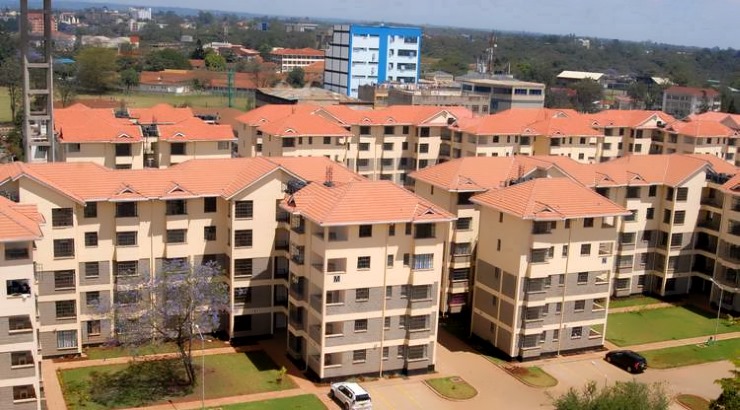Residential Projects
High-Rise Rush as Kenya Shifts to Multi-Unit Housing
High rise apartments have proved to be the most efficient way to maximise land use.

As the cost of land in Nairobi and other towns continues to rise, developers are increasingly shifting away from standalone houses to high-rise apartments.
Latest statistics have shown that investors are increasingly building houses up rather than out as they seek to increase their returns amid the rapidly diminishing stock of urban space, which has led to earthshaking land price inflation.
According to the Kenya Bankers Association (KBA) Housing Price Index, apartments accounted for 58.5 per cent of all the houses sold in the quarter ending June, as buyers were more inclined to the relatively affordable houses compared to standalone maisonettes and bungalows.
“The new units being put up in the market are mainly targeting the middle end of the market,” KBA director of research and policy Jared Osoro said in a statement.
High-rise apartments have proved to be the most efficient way to maximise land use in densely populated cities around the world. In many developed countries, these houses mainly attract cash buyers since their prices remain significantly affordable.
RELATED: Centum Inks Sh6bn Deal for Two Rivers Business Park
By building multi-unit structures, developers can distribute the land costs over the total number of units in the development, thus bringing down the cost per unit.
For instance, if a developer constructs a multi-storey residential complex comprising 2,500 units on a 41-acre piece of land valued at Sh1 billion, the cost of land attributable to a single unit is less than Sh400,000. This means the developer can afford to sell the units at more affordable prices.
The growing appetite for apartments saw the value of approved residential building plans climb by 11.2 per cent last year, according to statistics from the Nairobi Directorate of Planning, Compliance, and Enforcement.
Slightly over 60 per cent of the approved building plans were for residential projects in Nairobi and its environs and were valued at Sh147 billion.
But despite the huge investments in residential developments, Kenya is still facing a shortage of housing – with only 50,000 units added to the housing stocks annually against a demand of about 250,000 units.














